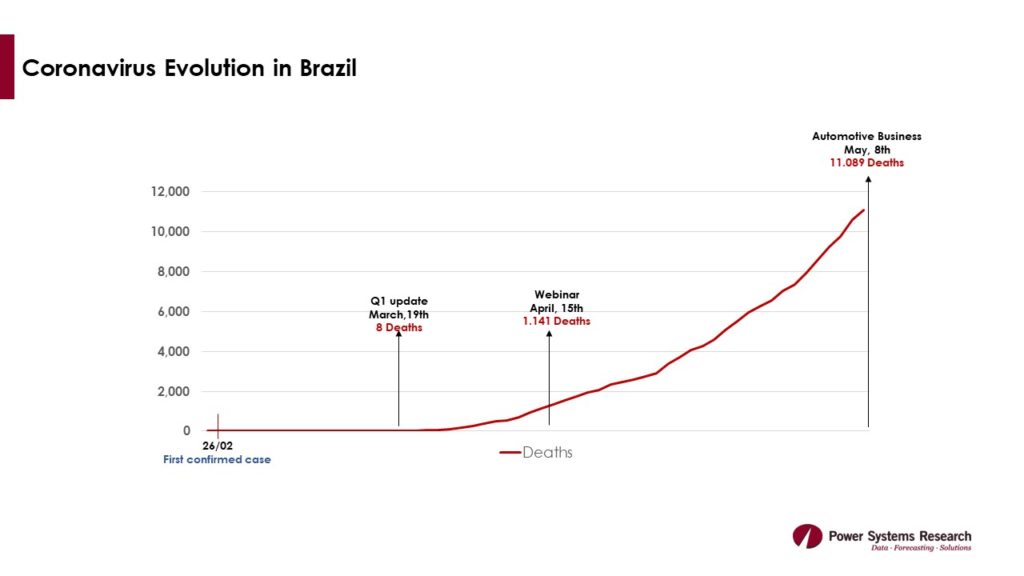Vertical Integration Is Key for Competitive Battery Vehicles
R&D World magazine recently examined the global market for lithium-ion batteries and concluded that there could very well be a shortage in the next decade. They projected that recent investments will ensure supply keeps ahead of demand for at least the next two years, but that the demand for lithium in 2030 will be 2.3x higher than the global output in 2019, and investments may not be happening at the pace needed to meet it.

The main bottleneck is that it takes 5-10 years to bring a new lithium or cobalt mine online, but their low prices right now remove some of the incentive to make those investments.
In the absence or shortage of those investments, control of current resources will play a critical role in the production costs of lithium-powered equipment, including on-highway vehicles. In this area, as in many others, Tesla appears to be a leader. The electric car maker has made a number of moves recently to pursue vertical integration, including, most recently, signing a supply deal with Hanwha for battery production equipment. But they are also making moves to secure ownership of the raw materials needed for battery production.





